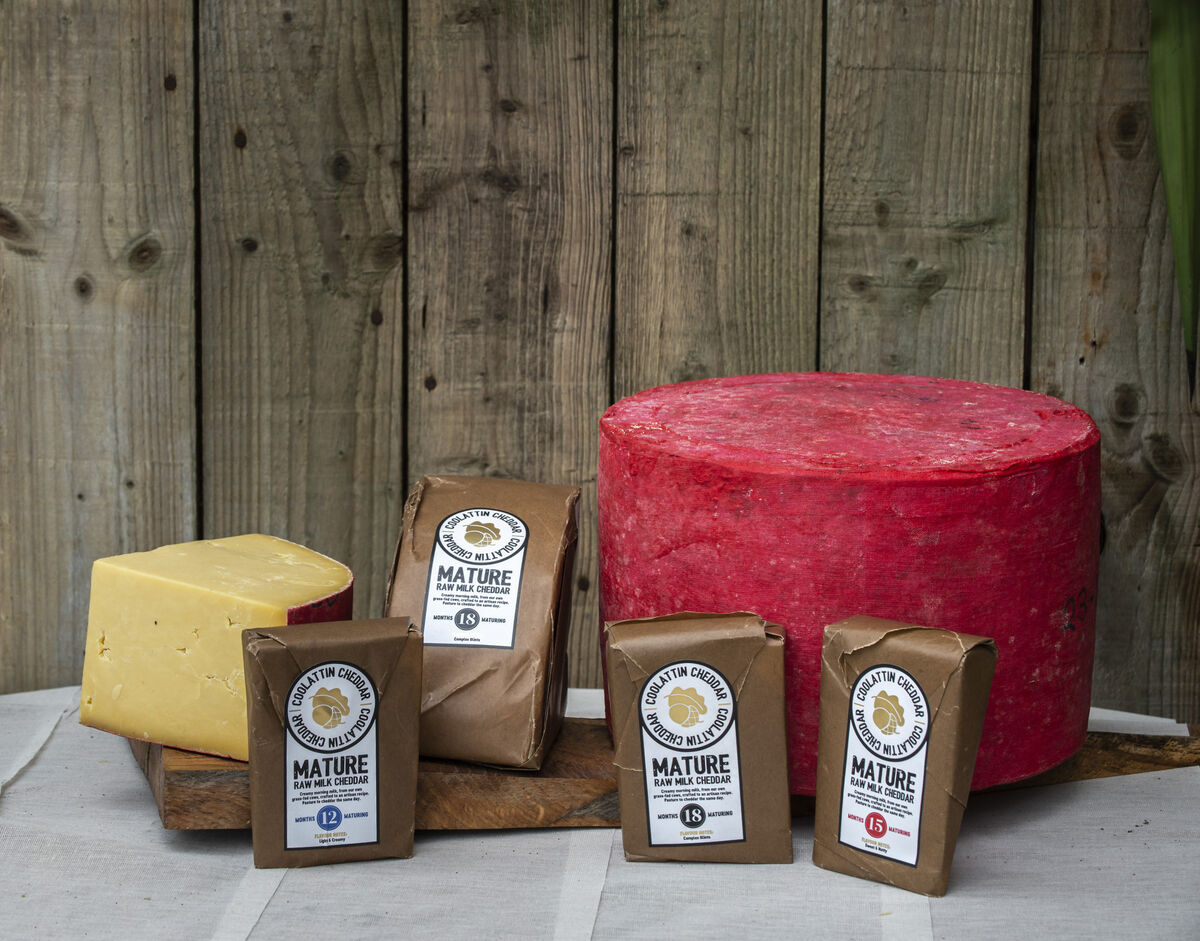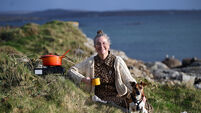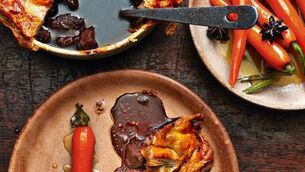Joe McNamee: The difference between price and value when it comes to dining out

There is an old saying about knowing the cost of everything and the value of nothing and it is especially apt when it comes to the public perception of the restaurant world.
There is an old saying about knowing the cost of everything and the value of nothing and it is especially apt when it comes to the public perception of the restaurant world.
A national news journalist, recently vacationing in West Cork with family, stopped off in a cafe for a small lunch but declared he was “shocked” when presented with the menu, professing himself to be “floored” by the prices, in particular, a chicken sandwich and soup retailing at €17.50.
He took a photo and then, on returning to Dublin, took to the streets to do a vox pop, canvassing opinions from the general public about the price of the meal. The overwhelming response was negative, one opinion citing “rip-off Ireland”.
The journalist did also investigate reasons for rising costs in the hospitality sector and sought the opinion of a respected restaurateur who broke down the likely costs involved in bringing such a dish to the table, estimating that clear profit would amount to no more than €1.
Subsequently, a tabloid opinion columnist jumped on the bandwagon, expanding his scope to complain about rising prices in hospitality in general, despite repeating the exact same counter-arguments presented in the original piece, illustrating the huge and multi-faceted financial challenges facing the hospitality sector.
He somehow bizarrely concluded that the only solution was for the same sector to deliver “cheaper prices” and that “the biggest culprit is greed” and that “maybe the Irish just enjoy ripping each other off.”
Recently travelling with fellow food writers, as acutely attuned to restaurant prices as any sector outside of actual restaurateurs, most were surprised that such a meal came to the table for as little as €17.50, especially on learning the bread was real sourdough and the chicken in the sandwich — with peppers, onion, cheese — was organic, served with potato salad and pickles on the side.
If those are the standards set for the sandwich, I’d imagine the soup itself was also at least decent.
The only way to lower prices for such an offering is to spend less on the primary ingredients, which inevitably spells inferior ingredients, gummy, industrially-baked, nutritionally inferior sliced pan, imported battery chicken, and so on, in a race to the bottom.
Years ago, a friend, irate at the price of takeaway coffee, vowed to open a coffee truck, selling coffees at half the average price, using an imported ground coffee from a local supermarket.
It appeared to be the only cost in his ‘business plan’. No, he has not gone on to establish a takeaway coffee empire but neither is he a fool, just another ill-informed member of the general public.
Because hospitality, at its core, is all about feeding people, and because we all also buy food and ‘feed people’ on a daily basis, ourselves, family, friends, and so on, we often then presume to have an inside track, a class of expertise on what it takes to feed people in a restaurant.
That blind spot has the general public looking at the cost of the domestic shopping basket and comparing it to the price of a dish made from similar ingredients in a restaurant, yet failing to factor in all the other costs that have the industry on its knees.
Furthermore, if we can’t afford a favourite or preferred foodstuff, we can buy a cheaper substitute.
If a restaurant, has built its reputation on using premium produce, especially from local food producers, they can’t use an inferior substitute.
Well, they can, but then standards drop markedly and a unique selling point that made the offering special in the first place is lost, inevitably leading to a decline in custom.
The scariest thing of all is, I suspect, that soup and sandwich was being sold at too cheap a price to be sustainable for that little cafe — and where do you go from there?
The Sounds from a Safe Harbour festival is a sublimely original music and arts festival that has hosted world class events over the years, so much so that it is sometimes overlooked that a smaller yet equally creative strand of food events also runs through the programme, with food events taking place all over the city.
Bryan ‘Sunshine Primo’ Rudd, who lived in Saigon for ten years and is programming the SFSH food strand, and Mark Ahern, former head chef of Pigalle, who lived in Chiang Mai for nine years, bring their combined culinary expertise and knowledge of South-East Asian food, their Tiger Balm Club featuring at a special pop-up dinner (Saturday Sept 13, 6.30-8.30pm) at Bakestone Café, in the city, for seven courses of Northern Thai and Southern Vietnamese flavours, natural wines and crisp cold lagers, to a soundtrack of Thai Funk and Viet Soul.
The next day in the same location, Saint Francis Provisions and L’Atitude 51 embark on a similar culinary collaboration, with the wine list of one of Europe’s best natural wine bars encountering SFP chef Rebecca Recarey Sanchez’s divine Iberian interpretation of the Irish larder.
Flavour and Flair (Sept 10) sees celebrity TV chef Matt Tebbutt and cocktail and spirits expert Carmen O’Neal present an evening of cocktails, fine dining and entertainment in the elevated — in every sense! — surroundings of the Montenotte hotel, in Cork city.
FEAST: East Cork’s Food & Drink Festival concludes tomorrow (September 7) with the ever-enjoyable and very family-friendly Feast Street Food Market which takes over the entire Main Street of Midleton, from 10am to 5pm — be sure to bring your appetite!

A recent visit to Tom Burgess’ Coolattin Farm was more in the order of a pilgrimage for me than anything else, for he makes Ireland’s finest raw milk cheddar on his Wicklow farm - literally, world-class cheeses, having secured best cheddar in the world two years running at the World Cheese Awards.
There are two cheeses, Coolattin Mature Cheddar and Mount Leinster Cheddar, all matured for a minimum of one year.
The younger cheeses are buttery, creamy, caramel on the palate with a bright fruity piquancy but it is when you start diving into the older cheeses, that the real potency comes into play, deep, fudge-y sweet, salty, nuttiness that certainly is mighty in a grilled sandwich for example or even with a simple slice of apple but my preferred method of consumption will always be to allow a wafer-thin slice melt on the tongue.






